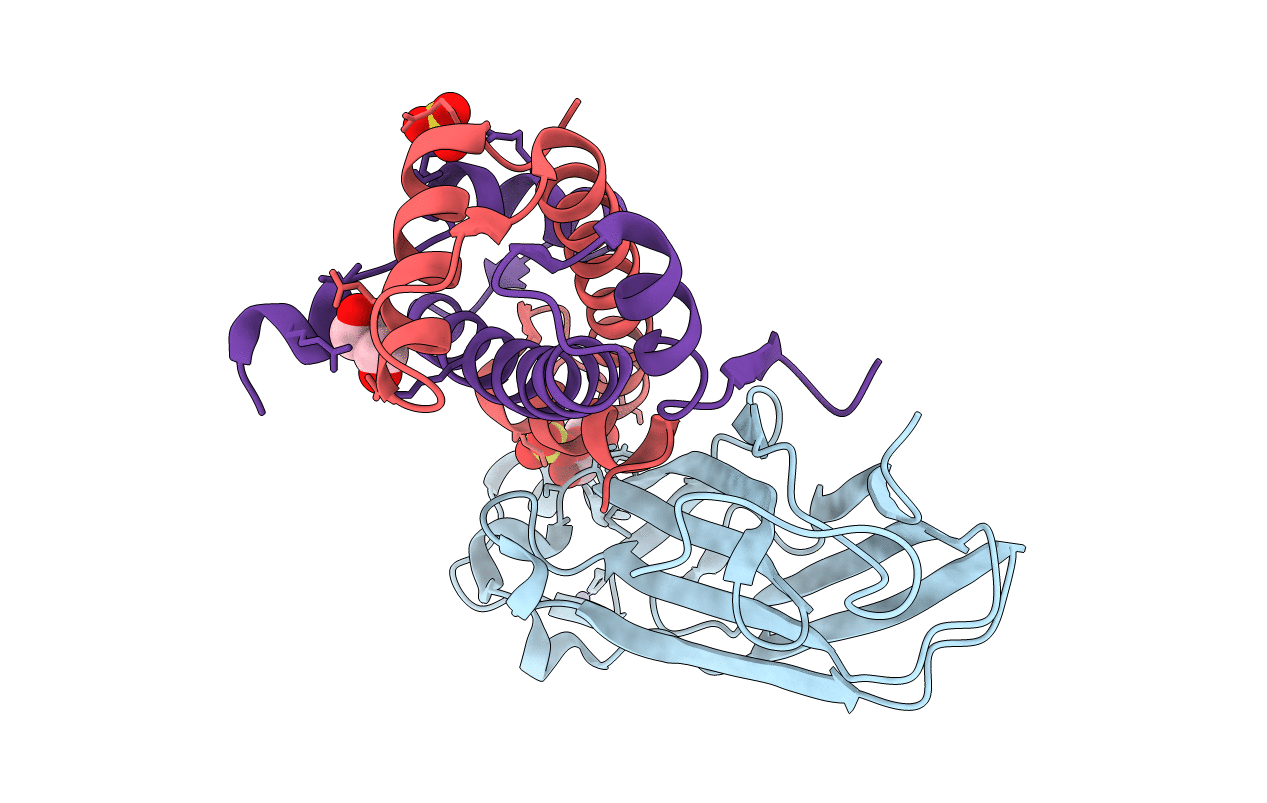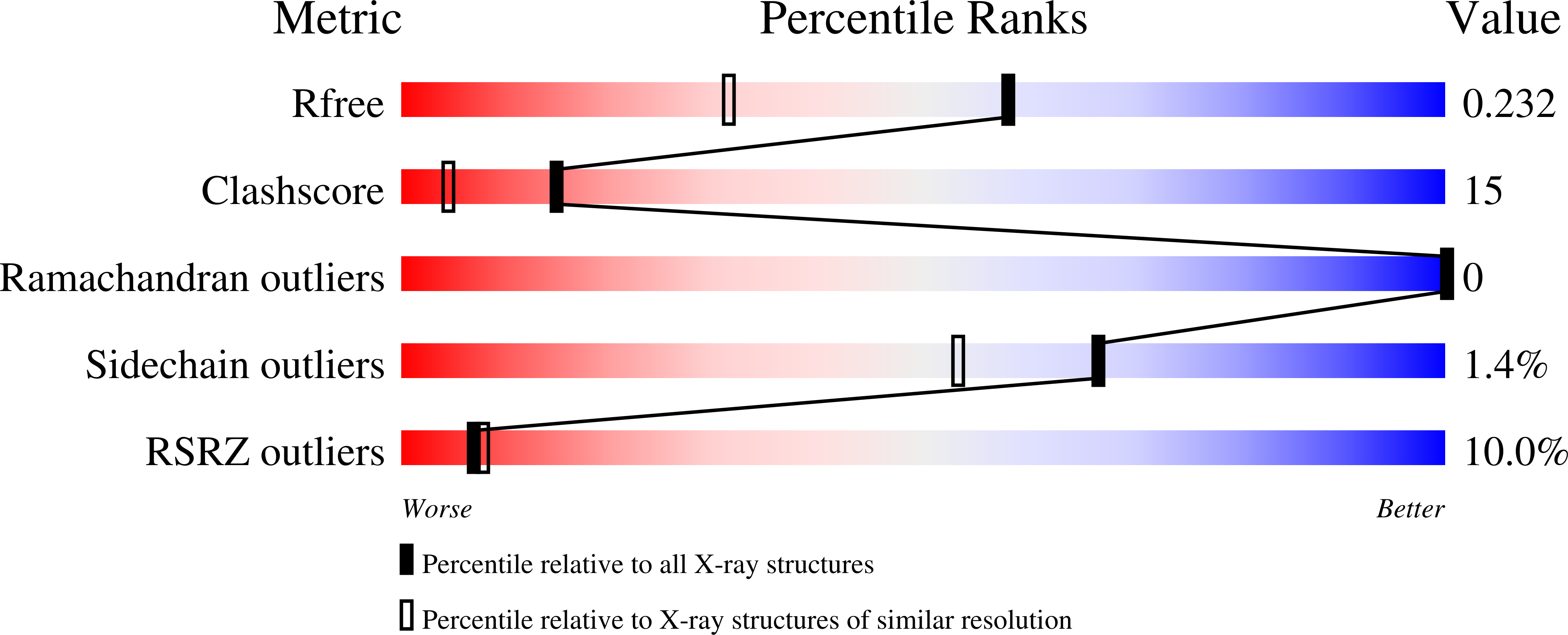
Deposition Date
2006-07-26
Release Date
2006-11-21
Last Version Date
2024-02-14
Entry Detail
PDB ID:
2HUE
Keywords:
Title:
Structure of the H3-H4 chaperone Asf1 bound to histones H3 and H4
Biological Source:
Source Organism:
Saccharomyces cerevisiae (Taxon ID: 4932)
Xenopus laevis (Taxon ID: 8355)
Xenopus laevis (Taxon ID: 8355)
Host Organism:
Method Details:
Experimental Method:
Resolution:
1.70 Å
R-Value Free:
0.23
R-Value Work:
0.20
Space Group:
P 31 2 1


